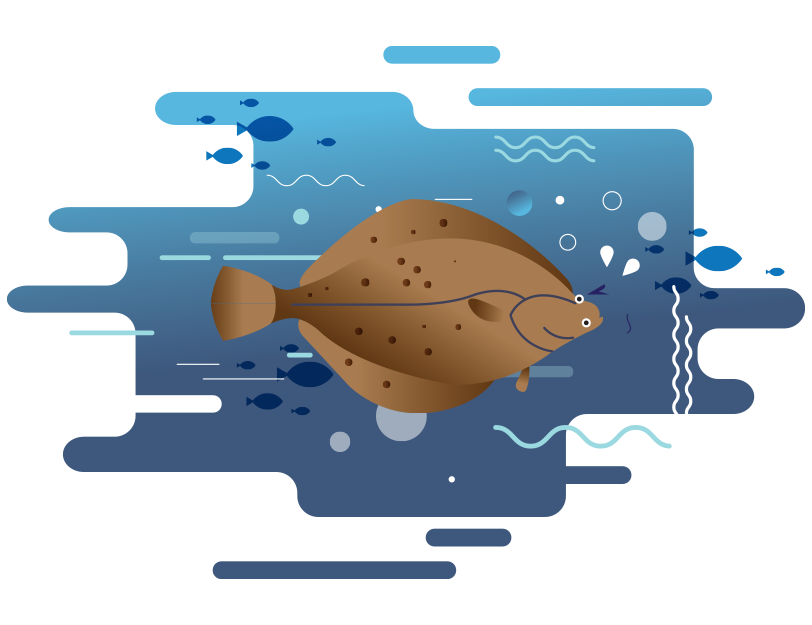Plaice, along with flounder and turbot, is a species of flatfish commonly found in the Baltic Sea. Compared to flounder, it has fewer bones and its meat is more delicate, firm and sweet. Plaice can be prepared in many ways - fried, baked, stewed in wine, in vegetables or steamed.

Smoothhound - smoother cousin of flounder
The plaice is one of the longest-lived marine fish. The average age for this species is 12 years, although individuals as old as 50 have been found.
Smooth flesh, in keeping with its name, is precisely one of the most distinctive features that distinguish it from flounder. Running a knife along the flounder's side line, you will hear a characteristic "creak", due to its rough surface. With plaice, the knife will glide smoothly and almost silently.
The meat of plaice is tender, milky white and does not require long heat treatment. It is suitable for preparation in many ways. Most often it is simply fried, but it can also be roasted, stewed or smoked. The Danes, for example, are very fond of fried plaice with remoulade sauce made from the yolks of hard-boiled eggs and toppings such as mustard, wine vinegar, olive oil, finely chopped shallots, capers and pickled cucumbers.
His meat is lean, low in calories (86 kcal), tender, and more succulent than that of flounder. Plaice supplements the diet with valuable protein, polyunsaturated fatty acids, selenium, phosphorus and vitamins, especially A, D and B12. Vitamin D contributes to improving the body's immune system and the absorption of calcium and phosphorus, and thus to the correct formation of bones and teeth. B12 supports the metabolism of carbohydrates, fats, amino acids and contributes to maintaining the efficiency of the nervous system and improving memory.